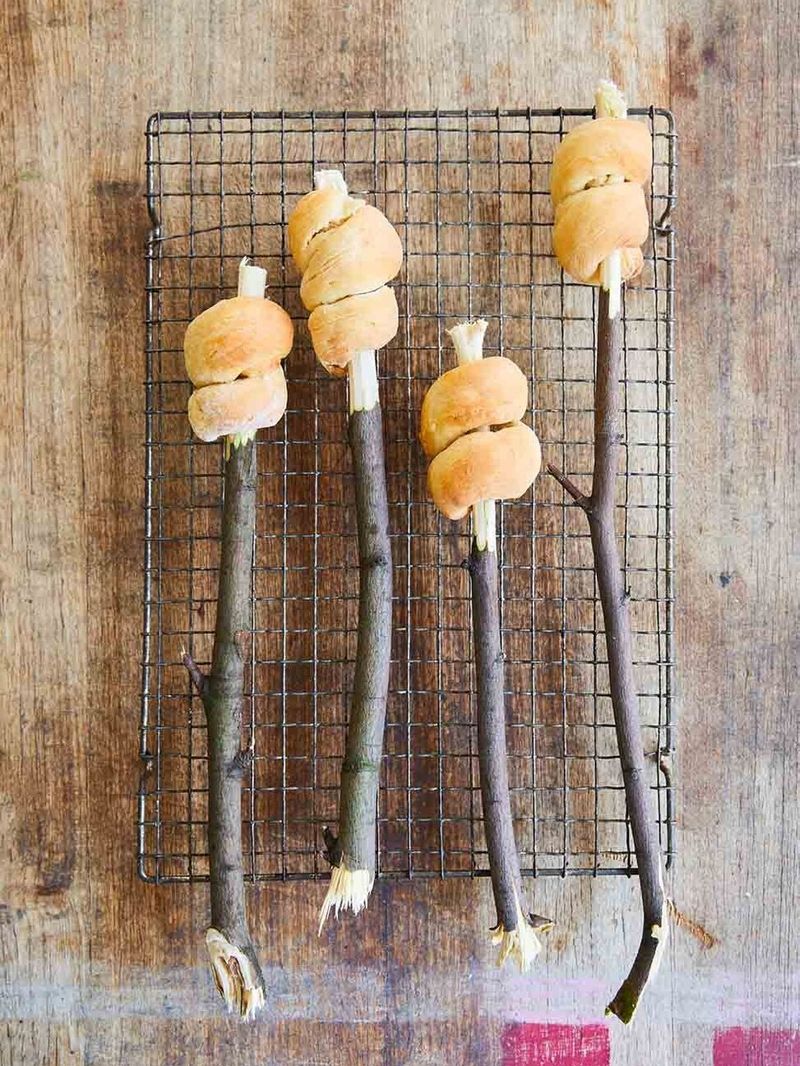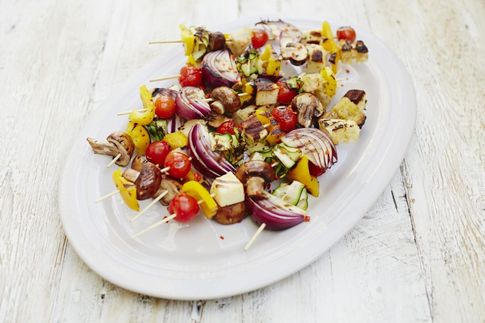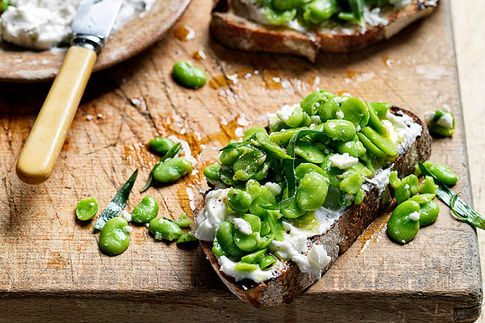Campfire bread
A super-simple method
Campfire bread
A super-simple method
Nutrition per serving
-
Calories 85 4%
-
Fat 2.9g 4%
-
Saturates 0.7g 4%
-
Sugars 1.1g 1%
-
Salt 0.3g 5%
-
Protein 2.1g 4%
-
Carbs 13.4g 5%
-
Fibre 0.6g -
Of an adult's reference intake
Ingredients
- 100 g self-raising flour or gluten-free flour
- 4 tablespoons natural yoghurt
- 1 tablespoon olive oil
The cost per serving below is generated by Whisk.com and is based on costs in individual supermarkets. For more information about how we calculate costs per serving read our FAQS
Method
- Preheat your barbecue, creating an area of hot coals and a cooler area with no coals on the opposite side. (Get an adult to help you with this bit.)
- Mix the flour with a little pinch of sea salt in a large bowl, add the yoghurt and the olive oil, and mix together with your hands until you have a smooth dough.
- Cut the dough in half, then half again and roughly roll out each piece into a long sausage shape, using a little flour if the dough feels sticky. Wrap the dough tightly around and around the end of a (clean!) stick, until it looks like a little helter skelter. Pinch the end of the dough together so it’s nice and secure.
- Hold the stick about 15 to 20cm over the hot coals, toasting the dough as you would a marshmallow. Cook the bread, turning every now and then, until golden on all sides. (This should take about 5 to 10 minutes.)
- Leave the bread to cool slightly, then break it off the stick and brush with a little olive oil or butter – it’s especially good for dunking in Buddy’s smoky beans!
Tips
Jamie wholeheartedly believes that cooking is up there as one of the most valuable skills you can teach a child. Getting kids excited about food, where it comes from and how to cook it, gives them a better chance of being healthier and happier in the long run. When cooking with kids, use your common sense to determine what jobs they can help you with, depending on their age and skill level. It’s always good to start small, with jobs such as mixing and measuring, then progress to elements of a recipe, then go on to slightly trickier techniques over time. The more they cook, the better they’ll get. Make sure you supervise them when using heat or sharp utensils like knives and box graters, and teach them about the importance of washing their hands before they start, and after handling raw meat and fish, as well as other basic hygiene rules. Most of all, have fun with it, and encourage them to give things a go. Note that a child’s portion size will differ depending on their age, gender and physical activity levels.



